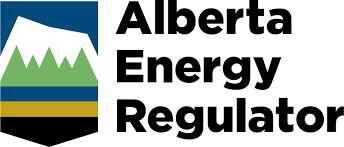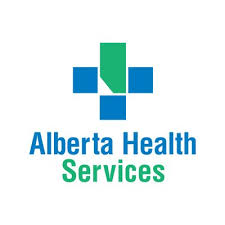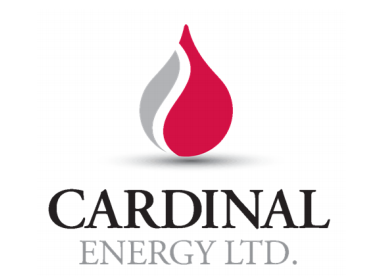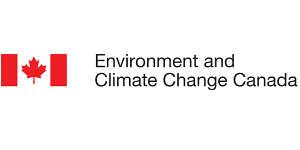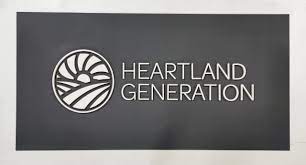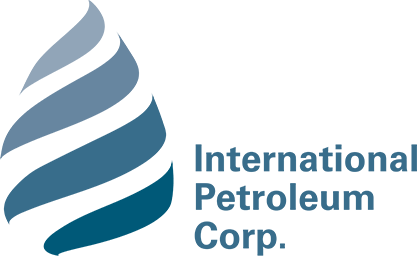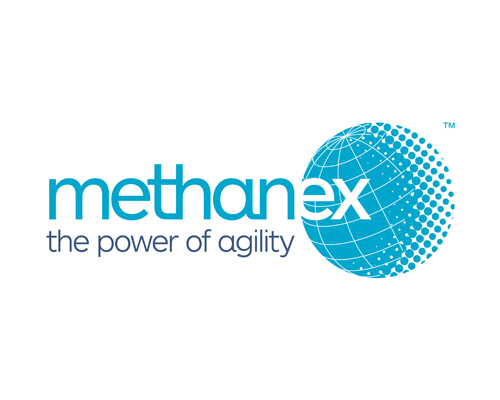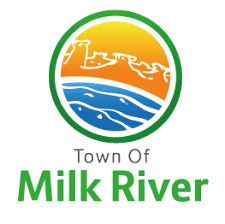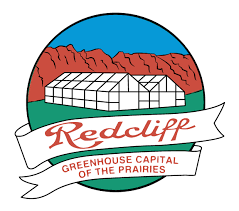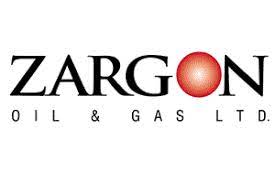About Us
Collecting and communicating credible ambient air quality data back to all stakeholders.
Air quality is known and valued to ensure clean, healthy air for today and tomorrow.
• Our Vision
Air quality is known and valued to promote a healthy environment.
• Our Mission
Collecting and communicating credible ambient air quality data to develop strategies to manage air quality issues within Palliser Airshed.
• Our Principles
Through the development and achievement of a consensus based‚ multi-disciplinary stakeholder group‚ the Palliser Airshed Society (PAS) is committed to:
- Collecting and communicating credible ambient air quality data.
- Connecting stakeholders and promoting community involvement.
- Educating the community, advocating for environmental stewardship.
- Responsibly managing our resources to achieve our vision and mission.
- Understanding air quality issues prevalent in the airshed and the potential effects to human, animal, and vegetative health
- Collaborative actions with Alberta Airsheds Council (AAC) on projects of common interest
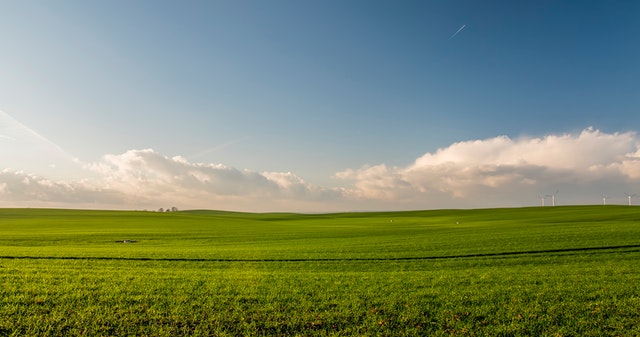
Mandate
To achieve recognized credible data‚ the Palliser Board will manage and design the air monitoring program in consideration of: public input‚ industrial influences and air modeling results. The design of this Airshed will gather credible data to address the issues most important to the stakeholder membership.
The Association will provide the structure to ensure long-term financial stability of the Airshed. PAS will also provide a forum for open discussion and coordination of all the issues facing the Airshed to allow for effective implementation of the goals and objectives of PAS.
History

The PAS air quality monitoring network design was approved by the Board prior to the fall of 2003. A continuous monitoring station was placed within the Airshed to collect representative, scientifically credible air quality data for the area. In addition, a passive monitoring network of six stations was implemented to augment the data collected at the continuous station.
The continuous monitoring station was established across from the McCoy High School in the Crescent Heights region of Medicine Hat (Figure 3). This station monitors sulphur dioxide (SO2), nitrogen oxides (NO, NO2, NOx), ozone (O3), total hydrocarbons (THC), carbon monoxide (CO), and fine particulate matter (PM2.5). The station also collects meteorological data, including wind speed, wind direction, ambient temperature, relative humidity, and solar radiation data. Meteorological data is used to assist in interpretation of air quality parameter readings and source investigation.
In 2007, the Palliser Airshed expanded its borders. The airshed was expanded to encompass approximately 40,000 km2, and included a population of approximately 100,000 people. The borders were aligned with the boundaries of the former Palliser Health Region. A new monitoring plan was developed based on the expansion. As a result, the network added a portable air monitoring station and fourteen passive sampling stations.
In 2010, the Palliser Airshed Society faced serious financial stress. To resolve the circumstances, the passive sampling program was modified by monitoring ten sites for six months and then switching to the other ten sites for the remainder of the year. The portable monitoring program was downsized to a two-month program at the Jenner Station.
In 2011, the southwest border was extended to the junction of Highway 4 and Highway 36. The airshed encompassed an area of greater than 44,000 km2. The portable monitoring station was decommissioned in October following the Hays monitoring program. Two passive sites at Hays were added to the passive network, forming a total of twenty-two passive stations, as shown in Figure 3.
In July 2015, an airpointer + PM® was commissioned for operation at a location adjacent to the City of Brooks. The airpointer + PM® is intended for use as a portable monitoring station, and was relocated to a site near the Medicine Hat Airport in September 2016, where it operated through to July 2018. The airpointer + PM® was moved to a site located nearby the Medicine Hat Trap Club, full operation resumed in October 2018. In June 2021the airpointer + PM® was moved to Taber, Alberta and resides in the Taber Irrigation District Yard.
Due to financial constraints in 2017, PAS completed a rationalization of the passive monitoring network with the technical help of AEP. As a result of the study, O3 passive monitoring was discontinued in March 2017. Seven sites were discontinued completely, and SO2 monitoring was discontinued at an additional seven sites in June 2017. A new NO2 site was established in December 2017 near Milk River.
June 2nd, 2021 saw the installation of a new monitoring station in Brooks, Alberta. The airpointer + PM® is on loan from Alberta Environment for 18-24 months. Our boarder also expanded to the North and East and now includes all to the MD of Taber, Warner County and Special Areas 1,2,3, and 4. The airshed encompasses an area greater than 58,000 km2 and approximately 139,00 people.
Health
Sulphur Dioxide
Sulphur Dioxide is a colourless gas consisting of atoms of sulphur and oxygen. SO2 has an odour of a lit match.
How is it generated?
Sulphur dioxide is generated both naturally and anthropogenically (man-made). Sources include: burning of sulphurous fuels (coal, diesel, coke, etc.), metal smelting, pulp and paper mills, petroleum refineries, food preparation, volcanic eruptions.
What Are The Health Effects?
- Perceivable odour.
- At low concentrations it can aggravate chronic respiratory illness.
- Can cause eye, throat, and skin irritation at higher concentrations.
- Damages vegetation through the degradation of chlorophyll (basic building block of all photosynthetic processes).
- Damages rock/stone (eg: deterioration and discolouration of ancient statues).
Major component to acid rain generation; accounts for about 70% of the total acid rain generated.
Provincial Guidelines:
- The Average Annual Alberta Ambient Air Quality Guideline is 8 ppb (parts per billion)
- The 30-day Average Alberta Ambient Air Quality Guideline is 11 ppb
- The 24-hour Average Alberta Ambient Air Quality Guideline is 48 ppb
- The 1-hour Average Alberta Ambient Air Quality Guideline is 172 ppb
What Can We Do?
Conserve Energy.
The best way to reduce the amount of Sulphur Dioxide is to reduce the amount of energy you need, thereby reducing the demand for burning the fuel source. Insulating your home properly, wearing sweaters in the winter, using low energy lighting.
Support alternative fuels.
Natural gas burns cleaner and is more efficient in some processes. Solar, wind and hydrogen power are all great examples of alternative fuel that would result in a reduction of SO2 production.
Support ‘Emission Scrubbing’ technology.
Scrubbers introduce a ‘basic’ compound, usually Calcium Carbonate (Limestone), or Calcium Oxide (Lime) into an effluent stream. The ‘basic’ materials react with the acidic effluent being produced by the process to neutralize the emission and reduce the potential for formation of acid rain.
Recycle Paper.
A source of SO2 is pulp and paper mills, by recycling your paper, you can help save the environment as recycling processes are far less detrimental to the environment. However, reducing and reusing your paper is even more environmentally friendly.
Nitrogen Dioxide is a reactive gas that can often form the reddish-brown smog seen over large cities. The gas is made up of one nitrogen atom and two oxygen atoms.
How Is It Generated?
Motor vehicles account for over 50% of the total NO2 generated. Any combustion source will emit nitrogen dioxide (including: power plants, chemical plants, industrial processes, vehicles, furnaces, gas stoves, space heaters, etc.). Some natural sources include: volcanoes, lightning, biological decay, oceans.
What Are the Health Effects?
- May cause eye, nose & throat irritation, headaches and potential lung damage.
- Can aggravate heart disease.
- Reduces visibility through the formation of smog.
- Deteriorates fabrics, dyes, metals and rock and stone (through the formation of acid rain).
- Nitrogen Dioxide contributes to about 30% of the acid rain generated and can have major impacts to vegetation through the bleaching and/or killing of leaf tissue.
Provincial Guidelines:
- The Average Annual Alberta Ambient Air Quality Guideline is 24 ppb
- There currently no 24-hour Average Alberta Ambient Air Quality Guideline for NO2
- The 1-hour Average Alberta Ambient Air Quality Guideline is 159 ppb
What Can We Do?
- Conserve Energy. By reducing your demand on the power generating stations you will help reduce the amount of NO2 emitted. Also, consider finding alternative forms of transportation (eg: walking, biking, public transit, car pooling) or plan your outings in order to minimize your overall travel distance. Do not allow your vehicle to idle for long periods (eg: car starters).
- Support alternative fuels. Utilizing ‘Greenpower’, like wind, and solar power will reduce the amount of NO2 being generated.
- Properly insulate your house and body.
Ozone is a very reactive, colourless gas made up of three atoms of oxygen. Ozone is considered a secondary pollutant as it is created through reactions with other airborne substances. It can react with other pollutants to form photochemical smog. Ground level ozone refers only to the formation of ‘bad ozone’ near the earth’s surface (Troposphere). A layer of ozone here results in the formation of fog. The ‘Ozone Layer’, or ‘Good Ozone’ is found in the Stratosphere where it acts to protect the earth’s surface from the harmful effect of ultra-violet (UV) rays from the sun.
How Is It Generated?
The largest source of ozone is vehicle exhaust. Other anthropogenic sources include: industry and chemical solvents. Natural sources include: lightning and some vegetation species.
What Are the Health Effects?
- Can impact chronic bronchitis and asthma suffers.
- May cause chest pain, shortness of breath, coughing and nausea.
- Repeated exposure may result in permanent lung damage.
- Causes noticeable leaf damage in many different species of vegetation.
- Weakens fabric, and rubber and forms photochemical smog in large cities..
Provincial Guidelines:
- The 1-hour Average Alberta Ambient Air Quality Guideline is 82 ppb
- Currently, there are no 24-hour, or Annual Average Alberta Ambient Air Quality Guideline
What Can We Do?
- Reduce the amount of vehicle use.
- Use alternative transportation (car pool, walk, bike, use public transportation)
- Use Alternative fuels (wind & solar).
- Conserve energy. Use ‘muscle power’ rather than fuel powered machines (eg: use rake rather than lawn blower).
A colorless, odorless gas that is formed from incomplete fossil fuel combustion or when something is burned incompletely. CO is toxic to all humans and animals, and is the most commonly inhaled poisonous substance.
How Is It Generated?
Carbon Monoxide is predominately generated from automobiles idling in closed areas. Other sources include: gas appliances (furnaces, stoves and dryers), fireplaces that are blocked, charcoal grills used as inside heaters and smoking.
What Are the Health Effects?
CO affects the central nervous system (CNS) in both humans and animals by inhibiting the uptake of oxygen by the body. Oxygen is normally absorbed into the bloodstream by binding to an oxygen carrier (hemoglobin). When CO enters the body, the oxygen carrier wants to carry CO rather than oxygen (in fact CO is absorbed 240 times more readily than oxygen by hemoglobin).
- Headaches
- Drowsiness
- Dizziness
- Confusion
- Eventually Death
Provincial Guidelines:
- The 8-hour Average Alberta Ambient Air Quality Guideline is 5.0 ppm averaged over an 8-hour period
- The 1-hour Average Alberta Ambient Air Quality Guideline is 13.0 ppm averaged over a one-hour period
- Currently, there are no 24-hour Average Alberta Ambient Air Quality Guidelines
What Can We Do?
- Reduce the amount of idling of vehicles (warming up time, and use of car starters)
- Use alternative transportation (car pool, walk, bike, use public transportation)
- Use oxygenated gasolines (Ethanol blended gasolines)
- Set your home furnace to a lower temperature, wear sweaters during the winter
- Reduce any drafts in home, or building, during winter months
- Utilize “Green Power” (eg: wind generated and solar)
- Promote use of hydrogen fuel cell technology, solar powered vehicles, and electrical powered vehicles.
Particulate Matter refers to very small particles of smoke, soot, dust, and even tiny droplets of liquid. PM2.5 refers specifically to fine particles that are smaller than 2.5 microns in diametre (a human hair is approximately 100 microns in diametre). PM10 refers to ‘coarse’ particulate, or material with a diametre less than 10 microns in diametre.
How Is It Generated?
Anthropogenic Sources: fuel combustion, fugitive dust generation (unpaved roads, agricultural fields), wood burning, residential heating, incineration, pesticide & herbicide applications and smoking. Natural Sources include: fugitive dust (open fields), pollen, bacteria, forest fires and sea salt spray.
What Are the Health Effects?
- There is still a lot unknown about the effects of PM on the body system.
- It is known that the fine particulate enters the lungs and can enter deep into the area where gas transfer takes place. Tiny sacs called alveoli ‘collect’ oxygen and transfer it across to the bloodstream.
- Fine particulate can impede this process, and can also negatively effect the body’s own natural defense mechanism deep inside the lungs.
- It can also damage crops and decrease visibility.
Provincial Guidelines:
- The 24-hour Average Alberta Ambient Air Guideline is 30 µg/m3
- Currently, there are no 1-hour, or Annual Ambient Air Guidelines in Alberta
What Can We Do?
- Stay indoors during periods of known high ambient PM concentrations
- Reduce vehicle use and the use of less-efficient vehicles
- Use proper dust collection at source
- Use of modern farming practices
THC is a group of compounds that are mostly colourless, flammable, non-toxic gases with very characteristic odours associated to the various compounds. Examples include: methane, ethane, propane and butane.
How Is It Generated?
THC is a broad term used to describe compounds which are essentially contain Hydrogen and Carbon atoms. They often occur in petroleum, natural gas and coal. They are generated through the use of these fuels, and specifically the combustion and storage of these compounds. Anthropogenic sources: vehicular emissions, fuel storage tanks, petroleum and chemical industries, dry cleaning, fireplaces, natural gas combustion, aircrafts. Natural Sources: vegetation decomposition.

